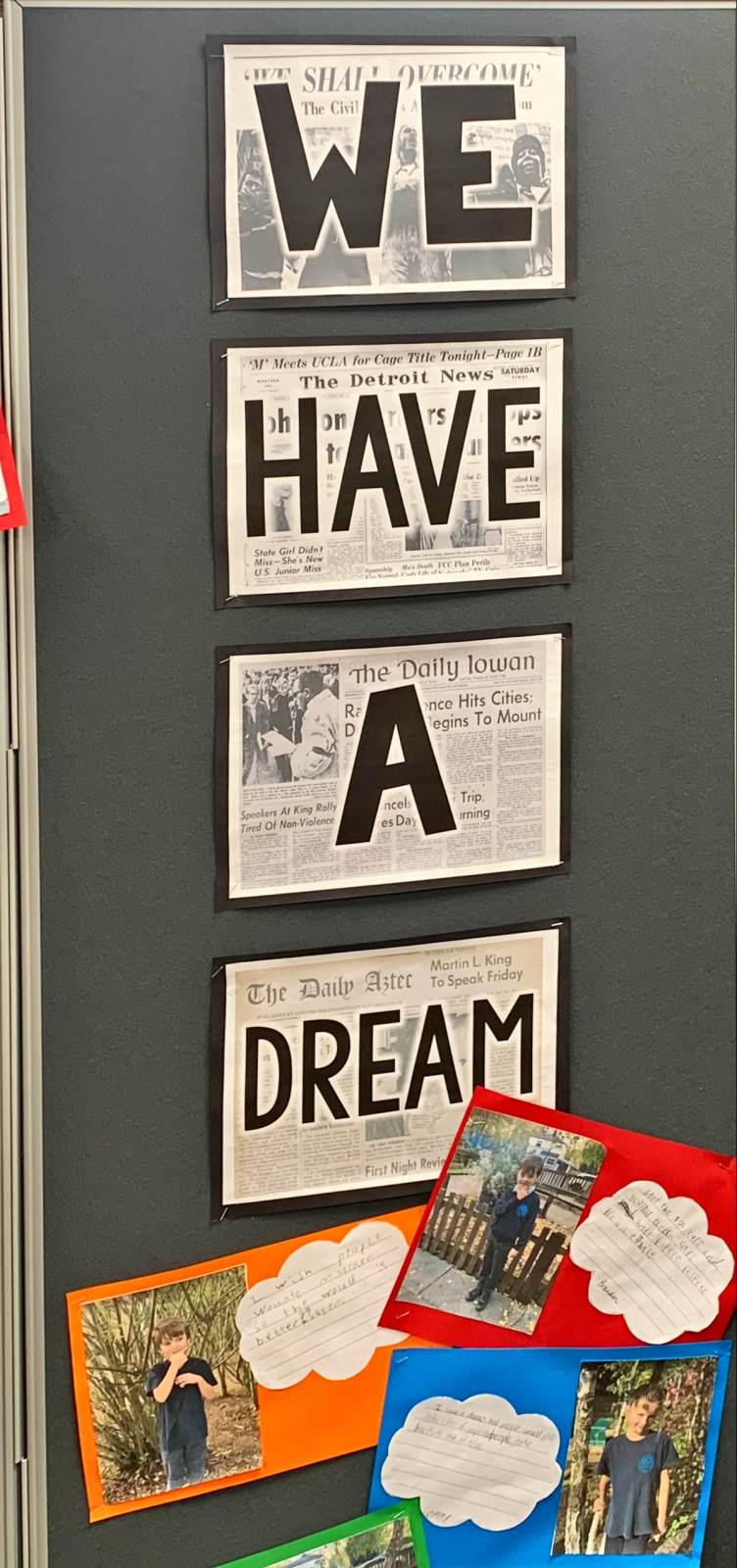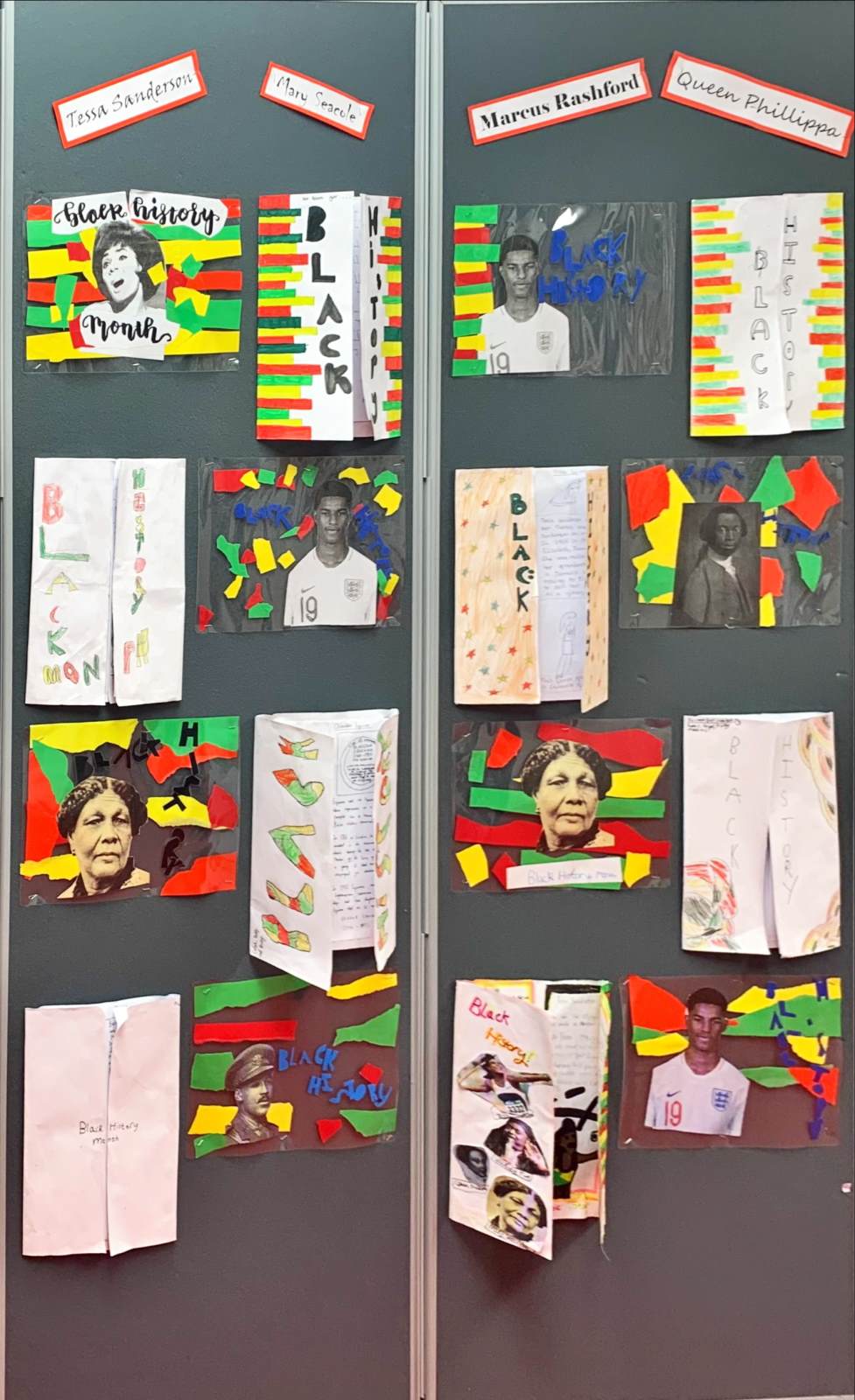History
 Intent
Intent
At BHCPS our engaging history curriculum is designed to inspire children to spark children’s interest in the past and to think like historians. We intend for our History curriculum to be accessible to every child, to be challenging and to be inspiring. We intend for the skills learnt to be used and developed across the entire curriculum, building year by year. We are committed to developing and equipping children with important skills to think and act as historians. Our intent is:
For our children to develop a positive attitude to and be enthusiastic and inquisitive about their own history and how this links with wider historical contexts and events.
- To encourage wonderment and enjoyment of the past for its own sake, as well as providing a backdrop for parts of the wider curriculum.
- For our children to explore a range of sources and artefacts to underpin their understanding of historical concepts and occurrences and to understand how we learn about the past.
- For our students to develop a strong concept of chronology and understand that timelines can also show concurrent developments
- Children should be able to see how changes which have occurred in living memory, led to changes that impact our daily lives.
- That each student should be able to research historical figures to find out how and why they influenced history.
- That pupils will be introduced to a wide, rich range of historical vocabulary and are supported to recognise where the people and events they are studying fit within a chronological framework.
- To ensure that pupils are progressively challenged to achieve more demanding outcomes as they become more mature learners.
- To develop a secure understanding of similarities and differences of life in different time periods.
At BHCPS, we strive for all children to become historians through high-quality lessons which provide children with opportunities to investigate the past.
Implementation
Children in the Foundation Stage are taught historical elements of the Foundation Stage document through the Early Years Curriculum: Understanding the World. Children think about themselves and the people around them. Children consider their roles in the community and the roles of others. Additionally, they use their own experiences and stories to understand similarities and differences between things in the past and now.
BHCPS follows the Connected History scheme of primary history to ensure coverage throughout Key Stage One and Key Stage 2. We adopt an enquiry focused approach to learning and teaching in history which develops our pupils as young historians. Through enquiry, our pupils not only build subject knowledge and understanding, but also become increasingly adept at critical thinking over time. We structure learning in history through big question led enquiries about relevant historical topics, places and themes. The children also learn rich, specialised vocabulary throughout each enquiry. Our curriculum is therefore ‘knowledge rich’ rather than content heavy as we recognise that if we attempt to teach historical topics, places, themes and issues in their entirety, we restrict opportunities for pupils to master and apply critical thinking skills and achieve more challenging subject outcomes.
Our learning and teaching in history is interactive and practical, allowing opportunities for pupils to work independently, in pairs and also in groups of various sizes both inside and outside of the classroom. Wherever possible, we provide our pupils with contemporaneous historical evidence including narratives, paintings, photographs, artefacts, and data in the form of censuses and films to analyse and from which to reach conclusions and make judgements. Similarly, we provide varied and differentiated ways for pupils to record the outcomes of their work including the use of PowerPoint, concept mapping, annotated diagrams, improvised drama and the application of a wide range of writing genres. Only in this way will knowledge become embedded and ‘sticky’, ensuring that our pupils can build on what they know and understand from one year to the next.
The schemes of work for each historical enquiry highlight both the objectives and anticipated outcomes of the investigation. They are also carefully structured through the use of ancillary questions, to enable pupils to build their knowledge and understanding in incremental steps of increasing complexity until they reach the point where they are able to answer the question posed at the beginning of the investigation.
Our learning and teaching in history also recognises the importance of the local area with a number of our investigations involving observation, recording, presentation, interpretation and the evaluation of historical information outside of the classroom e.g. significant people, places and events locally.
Additional opportunities in history are provided through workshops, educational visits and Now Press Play role-play experiences. Our partnership with Epping Forest District Museum provides opportunities through workshops, potential educational visits as well as opportunities for staff CPD.
Impact
Our carefully-selected Connected History Curriculum is high-quality, engaging and is planned to demonstrate progression.
Each enquiry which forms our programme of learning and teaching in history sets clear objectives and outcomes for the pupil in terms of knowledge and understanding and skills acquisition. The schemes of work also suggest a range of ways in which the teacher can assess whether a pupil has achieved these outcomes. We ensure that when assessing pupils, evidence is drawn from a wide range of sources to inform the process, including interaction with pupils during discussions and related questioning, day to day observations, practical activities such as model making and role play drama, the gathering, presentation and communication of fieldwork data and writing in different genres. The outcomes of each enquiry serve to inform the teacher’s developing picture of the knowledge and understanding of each pupil and to plan future learning accordingly. We do not make summative judgements about individual pieces of pupil work but rather use such outcomes to build an emerging picture of what the pupil knows, understands and can do.
At the end of each unit, we make a summative judgement about the achievement of each pupil against the subject learning goals for history in that year. At this point, teachers decide upon a ‘best fit’ judgement as to whether the pupil has achieved and embedded the expected learning goals, exceeded expectations or is still working towards the goals. These decisions are based on the professional knowledge and judgement that teachers possess about the progress of each pupil, developed over time, which allows an informed and holistic judgement of attainment to be made. Achievement against the learning goals for history at the end of the year is used as the basis of reporting progress to parents.
Gallery


